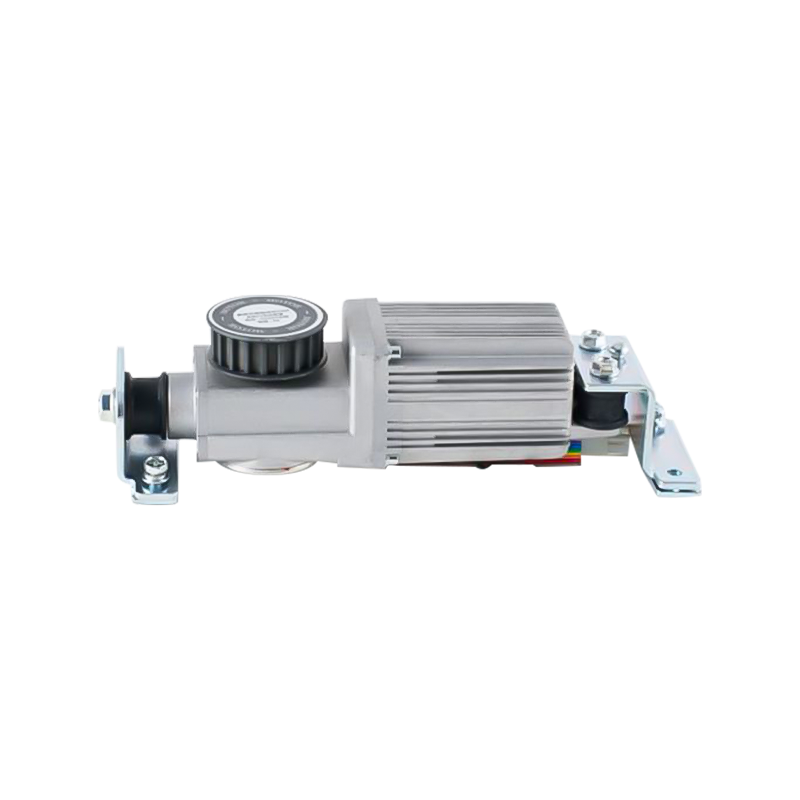BT001 Honda Accord Windshield Wiper Motor
Power Voltage 12V DC, 35W No-load Current Low speed ≦1.5A, high speed ≦2.0A No-loa...
View MoreAutomatic doors have become essential in modern architecture, providing convenience, accessibility, and hygiene in commercial buildings, hospitals, airports, and residential complexes. At the heart of these systems lies the Automatic Door Motor, the component responsible for translating control signals into physical door movement. While much attention is paid to motor power, speed, and design, one crucial factor often overlooked is environmental resilience—specifically, the motor’s tolerance to temperature extremes and varying levels of humidity.

Automatic Door Motors are typically designed for long-term, uninterrupted operation. However, their performance and lifespan can be significantly influenced by climate conditions. Motors installed in outdoor-facing entrances, industrial zones, cold storage facilities, or humid coastal areas are especially vulnerable to environmental stress.
Understanding Temperature Resistance in Motor Components
Temperature tolerance in an Automatic Door Motor depends heavily on the quality of its materials and the robustness of its internal components. Standard motors generally operate efficiently in ambient temperatures ranging from -20°C to +50°C. In colder climates, issues such as stiffened lubricants, contracted seals, or brittle wiring insulation may arise, potentially causing slower response times or mechanical failure. For motors used in high-heat environments, such as entrances facing direct sun or those near industrial machinery, overheating can degrade coils, burn insulation, or disrupt control systems.
Manufacturers often address these concerns by integrating temperature-resistant materials, thermally insulated housings, or built-in thermal protection features that shut down the system if it reaches unsafe temperatures. High-performance models may include fans or heat sinks to regulate internal motor temperature.
Humidity and Moisture: Hidden Threats to Longevity
While temperature extremes pose clear mechanical risks, humidity introduces subtler but equally serious concerns. Moisture in the air can infiltrate unsealed or poorly protected components, causing rust, corrosion, and short-circuiting of the motor’s electrical systems. Over time, condensation buildup can degrade sensors, relays, or wiring, particularly in environments where humidity fluctuates dramatically, like indoor pools, industrial kitchens, or tropical outdoor settings.
To combat this, quality Automatic Door Motors designed for humid environments typically feature sealed housings (often rated IP54 or higher), anti-corrosion coatings, and moisture-resistant electronics. Some versions are also equipped with internal heaters or dehumidifying systems to stabilize internal conditions during extended exposure to damp environments.
Application-Specific Durability Requirements
Not all installation scenarios require the same level of environmental resistance. For example, indoor Automatic Door Motors installed in climate-controlled office buildings may not need advanced protective features. In contrast, motors used in public transportation hubs, coastal facilities, or food processing plants must meet higher durability standards. For refrigerated spaces or freezers, special low-temperature motors with flexible seals and freeze-resistant lubricants are essential.
Choosing the right model depends on understanding the operational environment and reviewing the technical specifications provided by the manufacturer. In many cases, investing in a weather-resistant or industrial-grade motor can prevent costly repairs or replacements later.
Reliable Performance Begins with Environmental Compatibility
When evaluating the durability of an Automatic Door Motor, considering its ability to withstand temperature and humidity extremes is essential. The performing models are designed with protective features that enable stable operation in a wide range of climates, from cold to tropical heat. Whether for indoor use or harsh outdoor conditions, choosing a motor built for the environment in which it will operate ensures reliability, safety, and long-term efficiency. As building design trends continue to embrace automation, understanding how environmental factors affect these critical components is more important than ever.